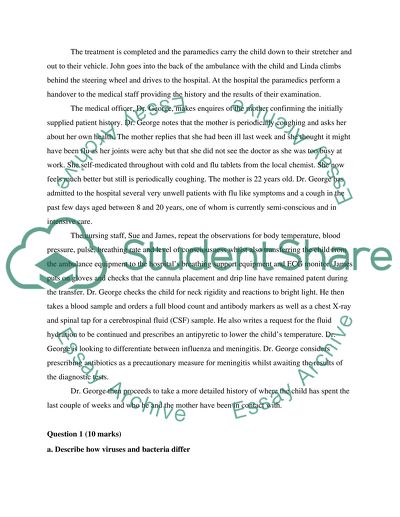Cite this document
(“Human Bioscience Essay Example | Topics and Well Written Essays - 1250 words”, n.d.)
Retrieved from https://studentshare.org/environmental-studies/1412820-human-bioscience
Retrieved from https://studentshare.org/environmental-studies/1412820-human-bioscience
(Human Bioscience Essay Example | Topics and Well Written Essays - 1250 Words)
https://studentshare.org/environmental-studies/1412820-human-bioscience.
https://studentshare.org/environmental-studies/1412820-human-bioscience.
“Human Bioscience Essay Example | Topics and Well Written Essays - 1250 Words”, n.d. https://studentshare.org/environmental-studies/1412820-human-bioscience.


